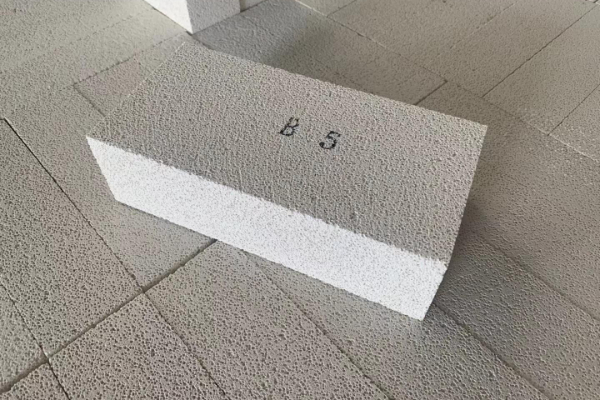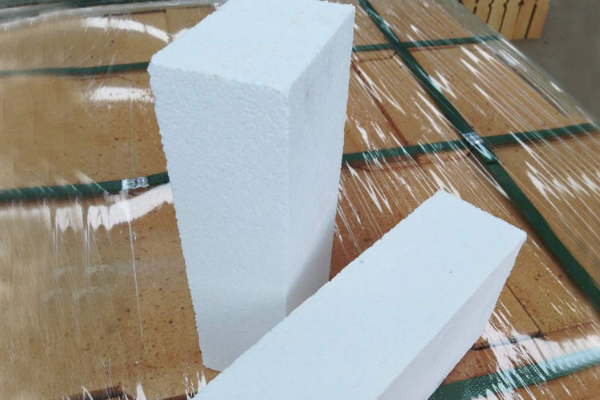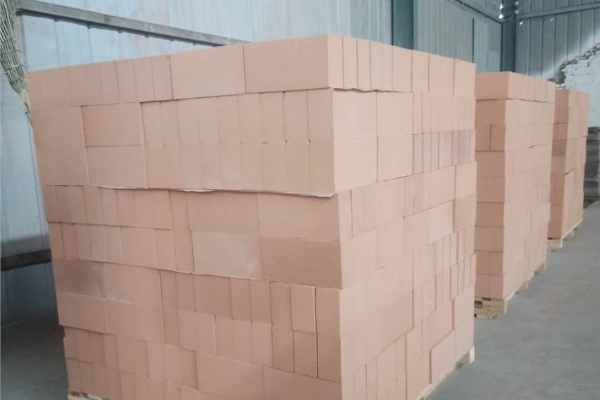À quoi faut-il faire attention lors de l'utilisation de briques isolantes?
L'utilisation de briques isolantes pour fours nécessite une attention particulière à une série de facteurs pour garantir leur fonctionnement sûr et efficace.. Here are the key things to note when using kiln insulating fire bricks.

À quoi faut-il faire attention lors de l'utilisation de briques isolantes?
Quality inspection of insulation kiln bricks
Before installation, carefully check the quality of the insulating fire bricks. Make sure each brick has no visible damage, cracks, or other defects. Bricks should be replaced if found to be defective.
Correct installation
Make sure the insulating kiln bricks are installed correctly on the inside walls of the kiln, using appropriate high-temperature resistant adhesives and fixing materials.
Thermal cycling adaptability
Make sure the insulating fire bricks you choose have good thermal cycle adaptability. Kilns experience temperature rises and falls during operation, and insulating bricks need to be able to adapt stably to these thermal cycles.

Résistance à l'usure
Since kiln operation may involve friction and wear of materials, ensure that the insulation bricks have sufficient wear resistance to extend their service life.
Écart de température
Make sure that the operating temperature range of the selected insulating bricks meets the actual operating temperature requirements of the kiln. Different types of insulating fire bricks have different high-temperature resistance capabilities.
Maintenance and inspection
Regularly inspect and maintain insulating fire bricks, remove dust and debris from the surface, and repair or replace damaged bricks promptly.
How to choose the right kiln insulation bricks

- For temperatures below 1000°C, briques de diatomite, expanded perlite bricks, etc.. are mainly used as insulation layers for thermal equipment.
- Refractory and insulating bricks with a service temperature of 1000~1500℃ mainly include lightweight clay bricks, Briques de silice légère, briques légères à haute teneur en alumine, etc..
- It can be directly used as the lining of high-temperature kilns when the operating temperature is above 1500°C, mainly including lightweight corundum bricks, alumina hollow ball products, et zirconia hollow ball produits.
 Usine de réfractaires de Rongsheng
Usine de réfractaires de Rongsheng
WeChat
Scannez le code QR avec wechat